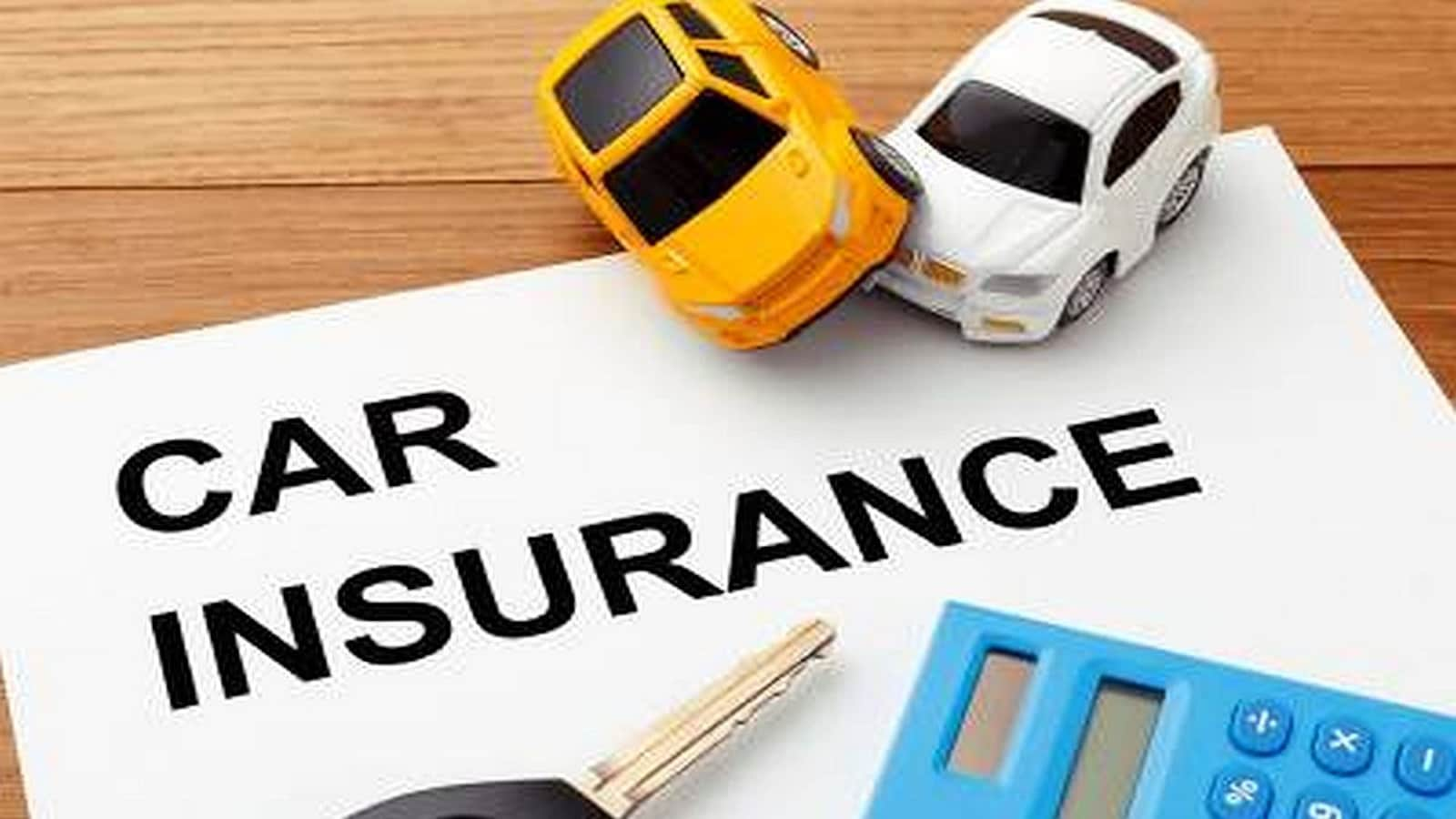Submitted by admin on November 15th, 2024

There is no one-size-fits-all type of car insurance. The coverage you will need differs based on your own circumstances type of vehicle, budget, method of driving, or even your level of risk tolerance. Here are the types of automobile insurance available, and how we can help break them down for you to decide what works best for your needs.
Liability car insurance is the most basic of car insurance types and is mandatory in all states. It pays for damages or injuries you cause in an accident to other people. The policy does not however pay for damages to your vehicle or injuries to you.
Recommendation: Liability insurance may be enough if your car is old or you need to save money on insurance. Be aware, though that you might have a lot of expenses if you ever get into an accident severely.
Comprehensive insurance is meant to cover the damages that are not related to any collision like theft, vandalism, natural disasters, fire, falling objects, etc. The repairs or replacement costs of your car will be covered if it happens like this.
Recommendation: In case of a place that tends to experience car theft or extreme weather conditions, then comprehensive insurance would be the way to go. It will make sure you’re covered against unexpected damage even when you’re not driving.
Covers repair or replacement of your vehicle when it sustains damage in a collision with another car or object, or even when it hits a tree, guardrail, or pothole.
Best for: Owners of newer vehicles or those wanting to be protected from collision-related damages.
Pros: Repays repair costs even when you’re negligent.
Cons: More expensive, has a deductible that you need to pay out-of-pocket.
Recommendation: Collision insurance would protect you from high repair costs if your vehicle is relatively recent or is otherwise highly valuable. But if your car is older, you might just be better off junking out such coverage completely as the premium and the deductible would more likely than not outweigh the vehicle’s true worth.
It’s known as “no-fault insurance.” Personal Injury Protection pays medical expenses, lost wages and other related costs for you and your passengers, regardless of who is determined to be at fault in the accident.
Recommendation: If you want to provide security for medical expenses when you’re in an accident, PIP is the perfect safety net. It is particularly helpful if you do not have enough coverage under your health insurance.
While it’s very likely that you will be covered by auto insurance in case someone runs over you, you have less than a 50% chance of having medical expenses paid if you are injured through another driver’s negligence. UM/UIM helps to offset that risk. This protection pays if you are hit by an uninsured/underinsured driver or if you are in a hit-and-run.
Recommendation: In case you live in a state with many uninsured drivers, this could also exempt you from being tasked with the bill of an accident that was not your mistake.
Gap insurance is optional insurance that will cover the difference between your loan balance and the actual cash value of your car if it gets stolen or totaled. This is very important to you, especially if the value of your car depreciates faster than your loan balance.
Recommendation: Gap insurance may be extremely important if one has recently bought a new car or purchased a car with little down payment. You do not want to be “underwater” on the loan.